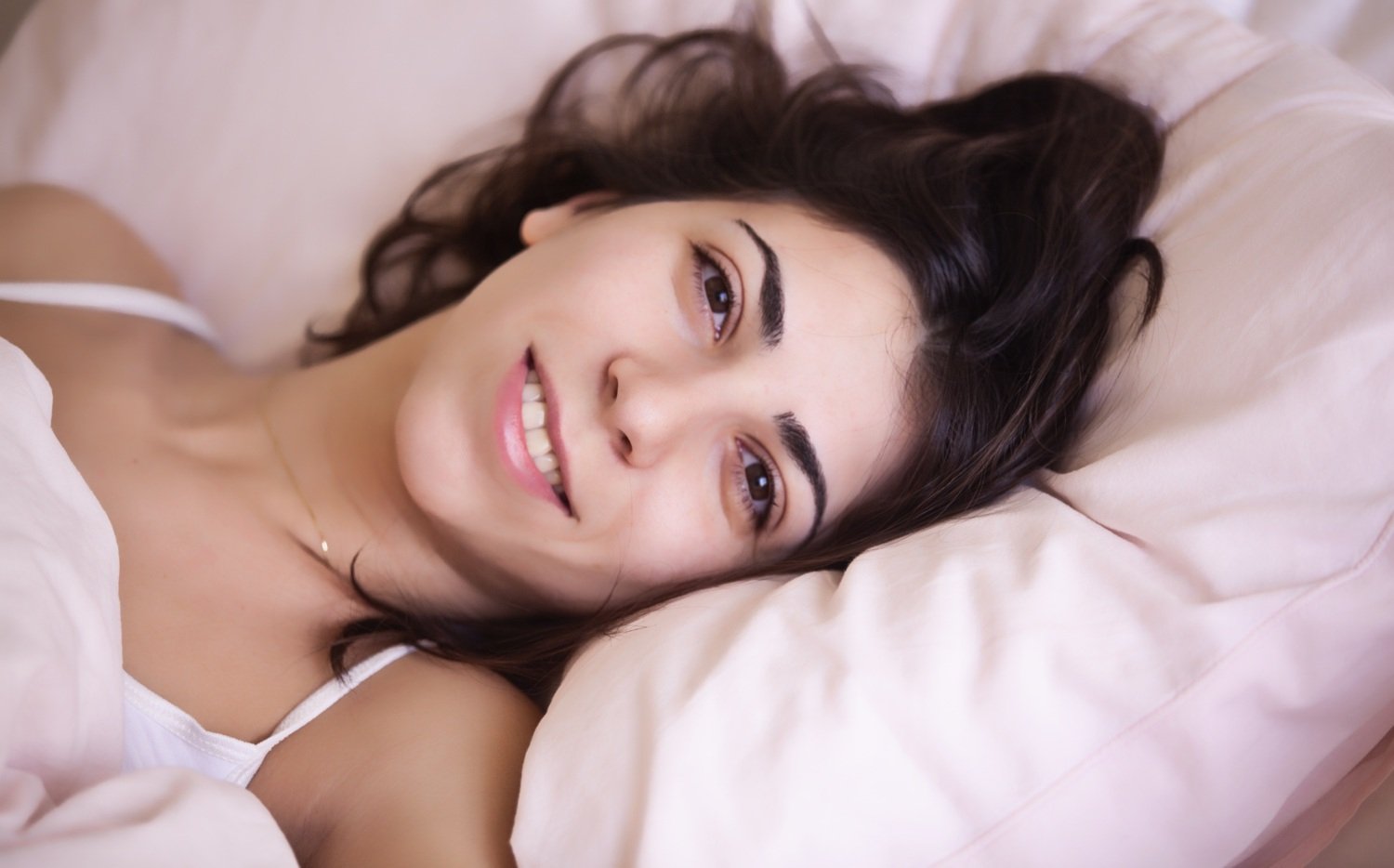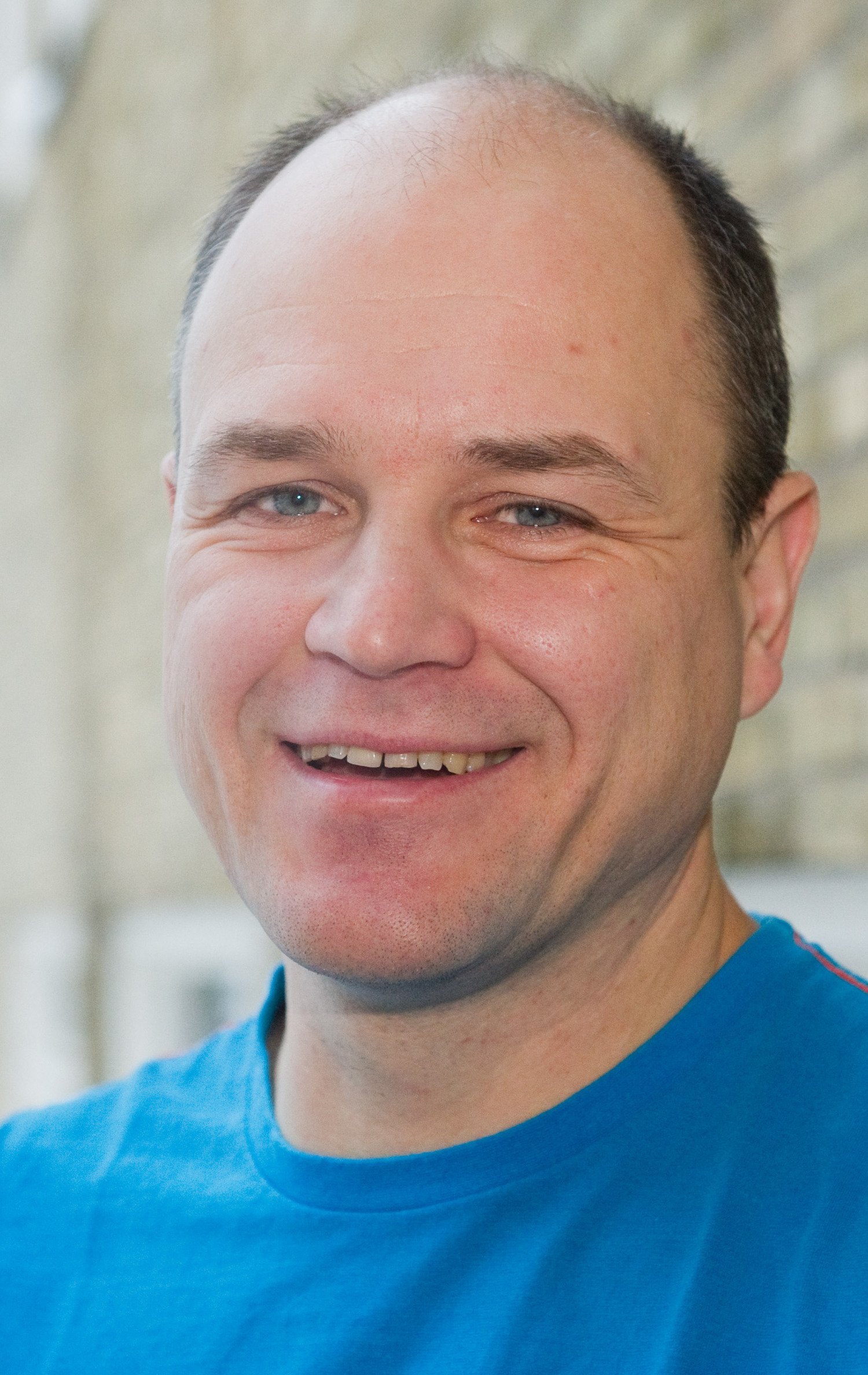A good night's sleep the key to being attractive

If you want to look attractive and healthy, the best thing you can do is get a good night's sleep, finds researchers at Karolinska Institutet in a novel study published in BMJ online. For the first time, say the authors, there is scientific backing for the concept of beauty sleep.

The study, led by Associate Professor John Axelsson at the Department of Clinical Neuroscience, investigated the relationship between sleep and perceptions of attractiveness and health. Twenty-three participants between the ages of 18 to 31 took part in the study.
They were photographed between 2 pm and 3 pm on two occasions, once after normal sleep and once after being deprived of sleep. Smokers were excluded from the research and no alcohol was allowed for two days prior to the experiment.
Well-litt room
The photographs were taken in a well-lit room and the distance to the camera was fixed. During both photography sessions participants wore no make-up, had their hair loose (combed back if they had long hair) and underwent similar cleaning or shaving procedures. They were asked to have a relaxed, neutral facial expression for both photos.
Sixty-five observers rated the photographs for attractiveness and whether the individuals looked healthy/unhealthy or tired/not tired. The observers judged the faces of sleep-deprived participants as less healthy, less attractive and more tired. The researchers conclude that the facial signals of sleep deprived people affect facial appearance and judgments of attractiveness, health and tiredness.
Publication
Beauty sleep: experimental study on the perceived health and attractiveness of sleep deprived people
John Axelsson, Tina Sundelin, Michael Ingre, Eus J W Van Someren, Andrea Olsson & Mats Lekander
BMJ, online 15 December 2010, DOI: 10.1136/bmj.c6614
